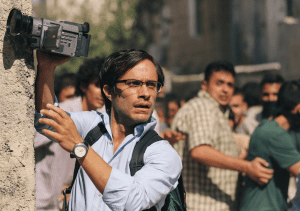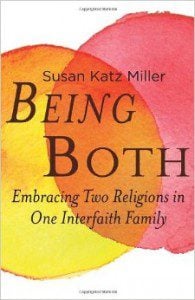 |
|
Woman on a mission
|
As a believer in the greater inclusion of women in Muslim institutions in America, I have long been supportive of efforts to bring attention to gender inequity in mosque life. The reality of this aspect of our community became impossible to ignore when, in the course of my work in promoting transparency of Muslim institutions through use of the Internet, I found that a substantial number of comments at my mosque review site salatomatic were written by women detailing the indignities they had faced at neighborhood mosques. The stories — ranging from exclusion from board politics to separate (and unequal) prayer spaces — were a stinging indictment of the larger community’s ignorance of, or inability to rectify, a situation which I believe has no religious sanction within Islam.
A widely publicized example of this can be seen in The Mosque in Morgantown, which details the efforts of journalist Asra Nomani to forcibly level the playing field at her local mosque. Ms. Nomani, whom I consider a friend and colleague, deserves credit for bringing light to this issue and calling on Muslims to rise to a higher standard when it comes to the treatment of women in community circles. It is partly in response to her very visible actions that mainstream Muslim leaders, including ISNA President Ingrid Mattson, put forth measures to educate Muslim communities of the responsibility they had, both under the law and Islamic teachings, to create a safe and equal space for women in mosque life.
But while there is widespread agreement among Muslim leaders for the need for change, what is the best way to create it? As The Mosque in Morgantown illustrates, confrontational action can sometimes be useful in jarring the conscience of a community. However, it can also shut down dialogue and cooperation if improperly applied. To know when or if such measures can be effective, one must first understand the history of mosque life in America, both at a national and a local level.
Since the events of 9/11, many mosques in the US have felt under siege. As the most visible representations of Islam in America, mosques have been host to protest marches, media spotlights, vandalism, and even violence. The resulting defensive postures by mosque patrons leave them particularly sensitive to confrontation, even when coming from within and with a message that otherwise would garner wide acceptance within the community.
Also, mosques differ widely in their accommodation of women. Some mosques with large concentrations of immigrants often bring with them imported cultural norms regarding women. Other mosques, particularly those with African-American and Sufi congregations, are more egalitarian in nature. And to the extent that American-born or raised Muslims begin to take their place in mosque leadership, mosque policies regarding women have begun to mirror those of other American institutions.
During Ms. Nomani’s journey across America to confront gender inequity in a manner similar to her actions in Morgantown, she made a stop at the mosque that I grew up in, the Islamic Center of Southern California. The Los Angeles Times article that covered the incident carried a photo of Nomani refusing to move as directed by Ms. Azmeralda Alfi, one of the matriarchs of the mosque.
For those who are not familiar with this institution, the Islamic Center of Southern California has been one of the most gender-inclusive major mosques in the United States. Its Board of Directors has had women on it for over 30 years, at times making up a majority of the leadership. Women have been encouraged to participate in all areas of mosque life regardless of their personal dress code. Ms. Alfi in particular is one of the mosque’s most active and effective leaders, directing policy at the highest of levels, founding one of the nation’s most progressive and egalitarian Islamic schools, and inspiring a whole generation of Muslim women to believe that mosque leadership is their right.
While I was growing up, women prayed inside the main hall of the mosque at all times, even for Friday prayers. As the Friday prayers got more crowded, many women began praying in an area behind the main hall, but open to it. At all other times, however, women pray in the main hall and “own” it every bit as much as the men. At no time was the main hall ever designated “the men’s area,” and there is no ideological disparaging of women. In fact, the crowding at Friday prayer has resulted in the overflow of men going into the parking lot to pray rather than the women—probably one of the few mosques in the country where this happens. The Islamic Center of Southern California isn’t a mosque to be protested, but encouraged as a model.
Confrontation is a powerful and sometimes necessary tactic that is appropriate when a social problem is particularly entrenched. In other cases, such as with Ms. Alfi at my hometown mosque, it serves to alienate potential allies and create the perception that Asra’s cause is a fringe one, when it is most certainly not. Change is best affected when it is done with care and nuance, even when the issue carries a sense of urgency. And what’s right for Morgantown may not be right for your local mosque.
Shahed Amanullah is Editor-in-Chief of altmuslim.com. This article was first published on the official website for “The Mosque in Morgantown”.











